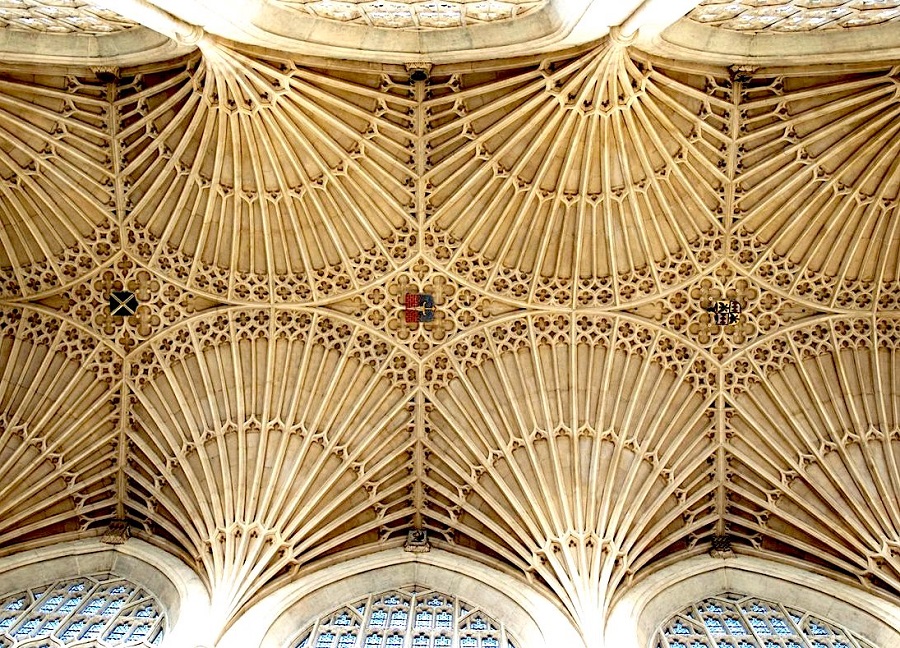Ecological networks display universal statistical patterns
26.05.2019
Valverde, S., Piñero, J., Corominas-Murtra, B., Montoya, J., Joppa, L. and Solé, R., 2018. The architecture of mutualistic networks as an evolutionary spandrel. Nature ecology & evolution, 2(1), p.94.
Ecological networks display universal statistical patterns. These common regularities found in different webs of multualistic interactions can be explained by simple models of speciation and divergence dynamics, and with no selection-driven coevolution of traits. The agreement between theory and empirical data suggests that structural patterns are byproducts of the network generative process, i.e., they are instances of evolutionary spandrels.
Abstract
Mutualistic networks have been shown to involve complex patterns of interactions among animal and plant species, including a widespread presence of nestedness. The nested structure of these webs seems to be positively correlated with higher diversity and resilience. Moreover, these webs exhibit marked measurable structural patterns, including broad distributions of connectivity, strongly asymmetrical interactions and hierarchical organization. Hierarchical organization is an especially interesting property, since it is positively correlated with biodiversity and network resilience, thus suggesting potential selection processes favouring the observed web organization. However, here we show that all these structural quantitative patterns—and nestedness in particular—can be properly explained by means of a very simple dynamical model of speciation and divergence with no selection-driven coevolution of traits. The agreement between observed and modelled networks suggests that the patterns displayed by real mutualistic webs might actually represent evolutionary spandrels.

